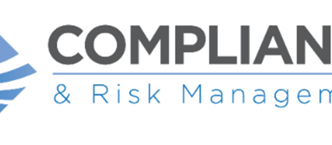According to the Krebs on Security website, once the Target data breach happened in 2013, the company found that when hackers were inside the store’s system, there were no safeguards in place to keep them from gaining customer’s personal information. Krebs on Security obtained an internal document that shows that Target hired Verizon experts to investigate the breach in anticipation of litigation.
The Verizon assessment found there were no controls limiting access to any system including servers and registers. According to the internal document, when the Verizon experts recreated the hack, they were able to communicate directly with cash registers in checkout lanes after compromising a deli meat scale located in a different store. The theory about how Target was hacked involves a heating and air company that was doing business with Target. That company was also compromised and the leading theory is that hackers used that company’s access to Target to push malware into Target stores across the country.
Another concerning find, according to the internal document, is that Verizon experts found Target was using default or weak passwords. The experts were able to crack more than 470,000 of the 540,000 passwords that allowed access to Target’s networks. Target would not confirm to Krebs that the document or results were true, but a spokesperson did say Target is now an industry leader on cybersecurity.
Credit unions are currently working with lawmakers to modernize the data security laws to hold merchants accountable.





